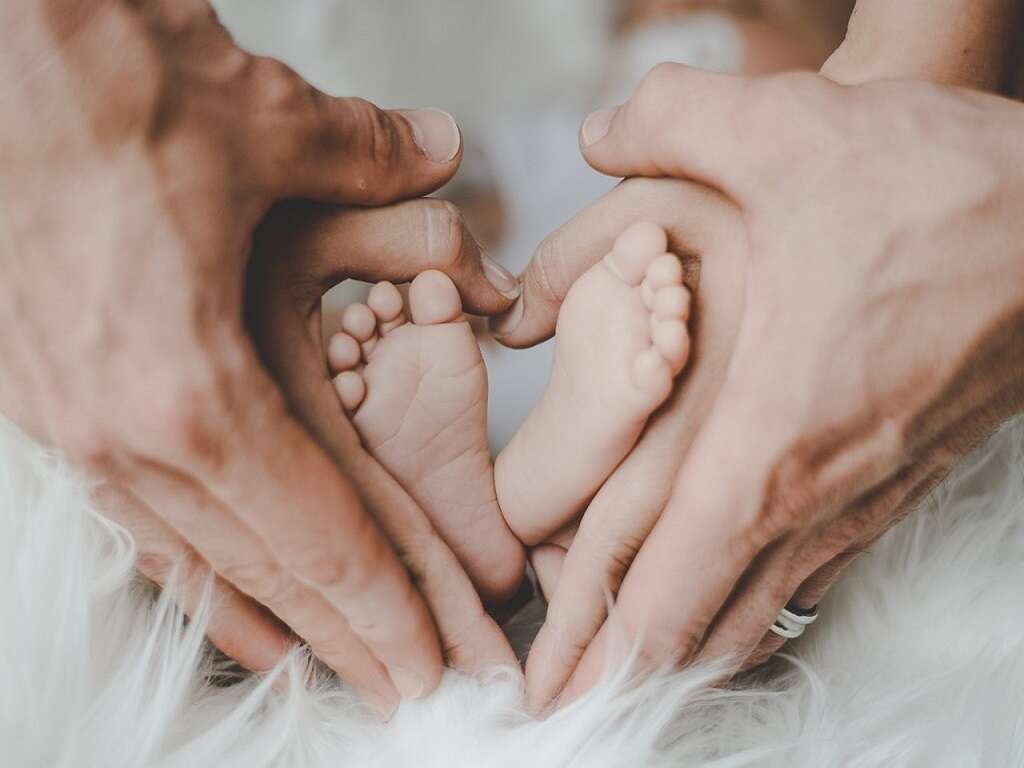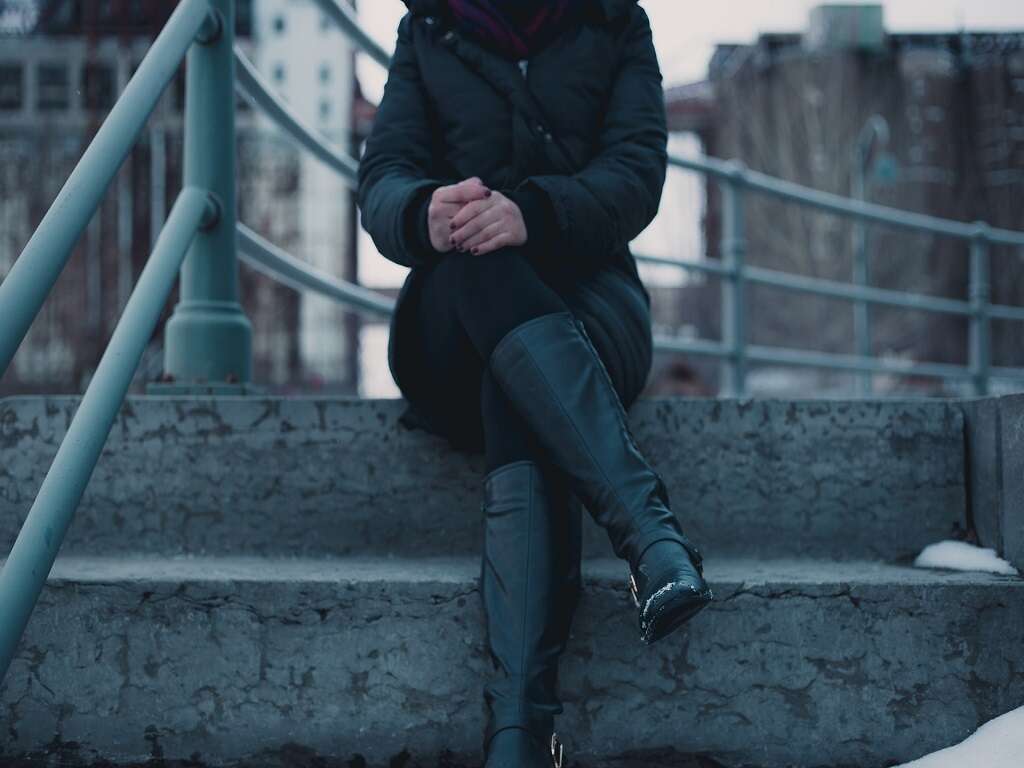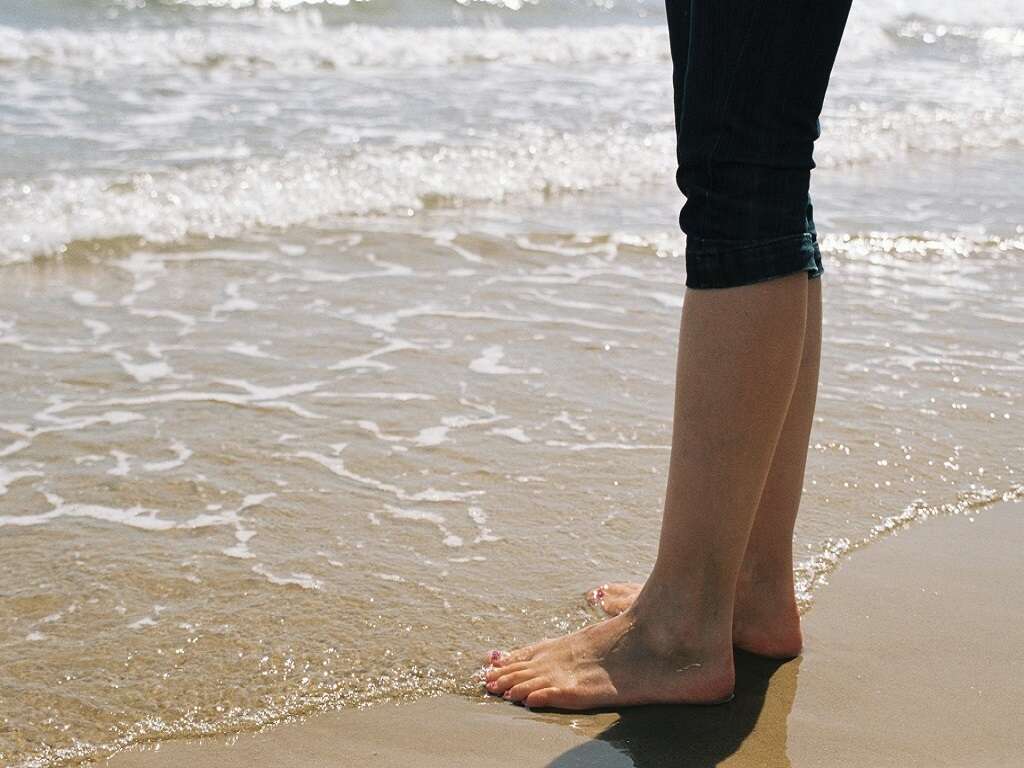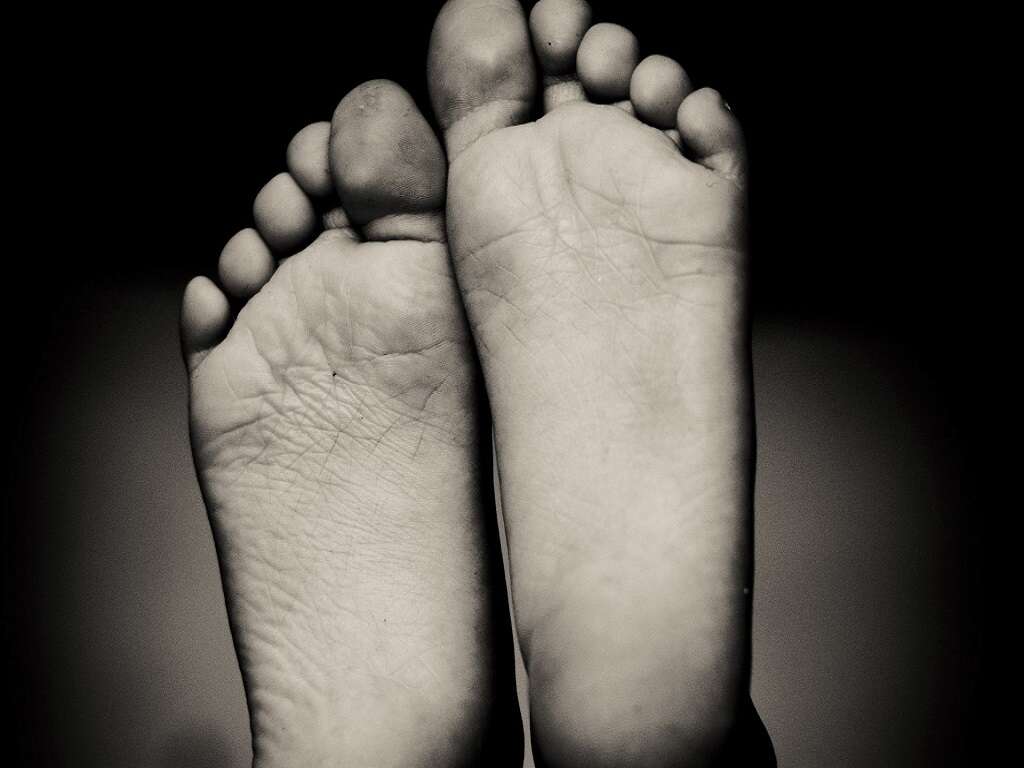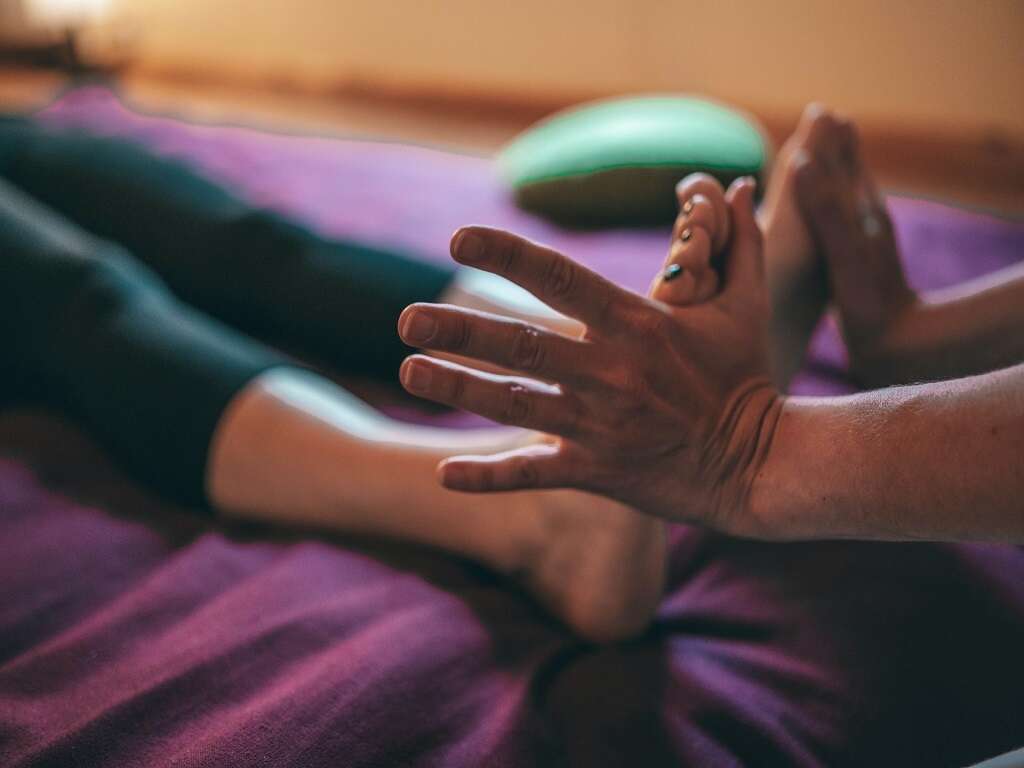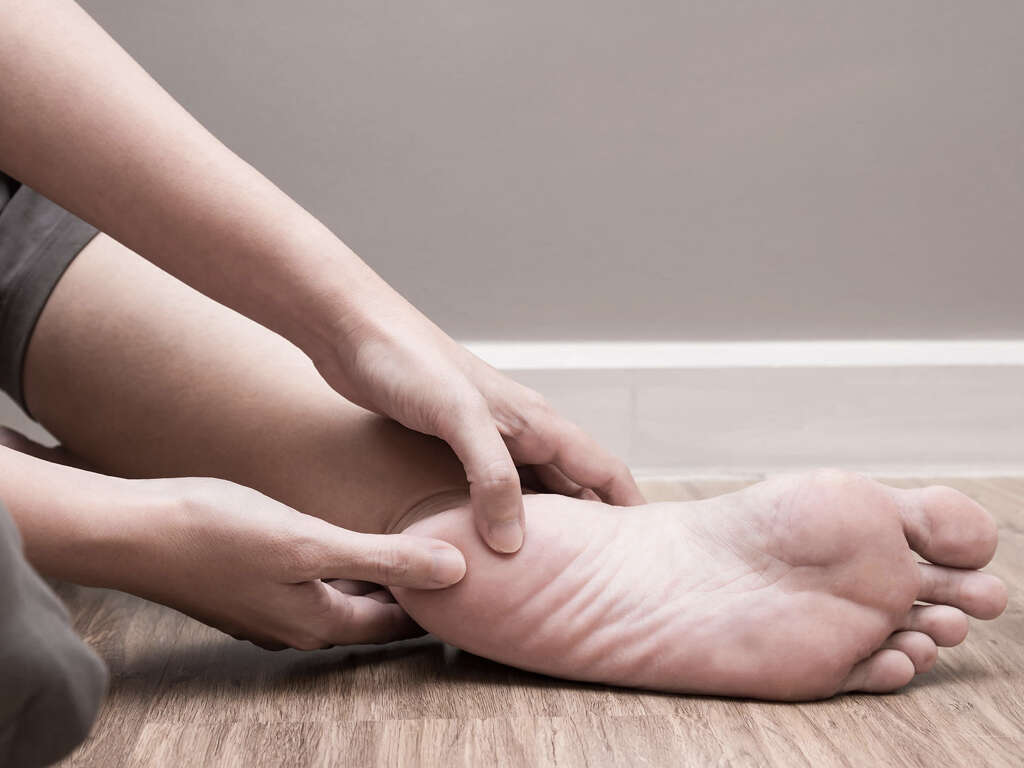10 Causes of Heel Pain
Walking can be hard work. Long walks, in particular, can be tiring and our feet can be in agony after a day’s work, especially if we are wearing uncomfortable shoes. The brunt of the force when we are walking is placed on the heel as it is the part that first takes the impact of our feet landing on the floor.
This also means that the heel is particularly prone to developing complications that can be painful to us. These tend to be down to physical impacts and stresses and can also be down to problems with the internal physiology of the feet. Many problems can be treated and will pass in time, while others are harder to treat and may require surgery.
Cause #1: Fracture
When you think about it, it is quite impressive at just how much pressure our heels are put through on a daily basis. They need to be able to withstand the whole weight of our body as we put our feet on the ground when walking. This is made worse by running and jumping, which will increase the forces involved.
As tough as they are, the bones in our heels are not indestructible. The constant stresses of the impact with the ground can weaken the heel bone over time and this could potentially lead to a fracture. This is particularly likely to occur in people that take part in sports and people that are obese.
Cause #2: Haglund’s Deformity
It is not uncommon for some parts of our body to begin to grow in an abnormal manner. Usually, this is quite harmless and causes us no problems. Sometimes, though, such deformities can grow in a manner that can cause us considerable discomfort indeed. One example of such a problem is Haglund’s deformity.
Haglund’s deformity occurs when the bone and the soft tissue at the back of the heel begin to grow in a deformed manner. It is usually caused by the constant rubbing at the back of the heel from tight fitting shoes. Treatment can include painkillers and therapy while surgery may be necessary in some cases.
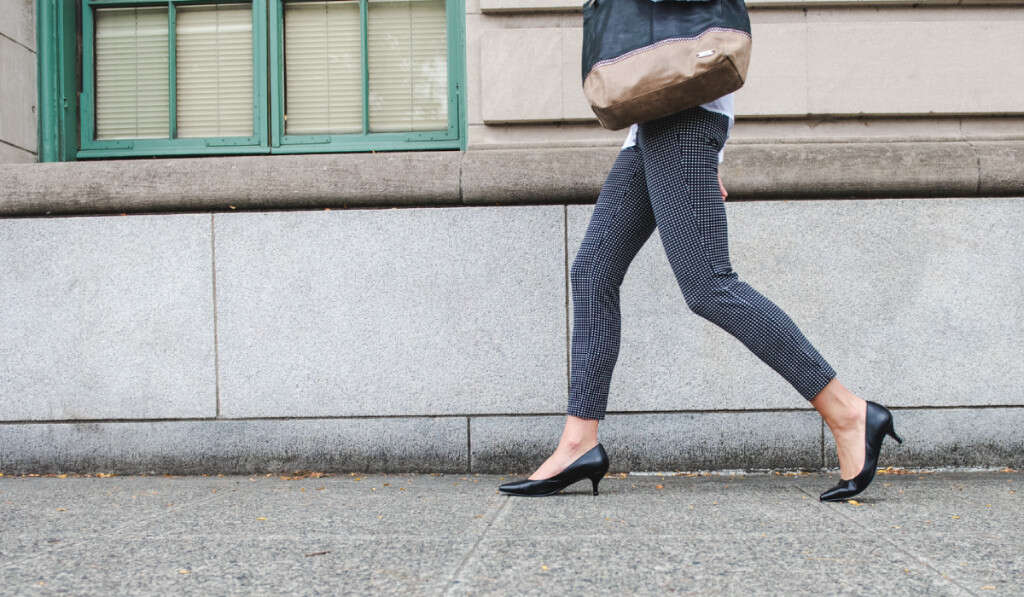
Cause #3: Sever’s Disease
At the back of the heel is an area known as the growth plate. This is an area where new bone is growing, causing the heel to become larger as children and young adults continue to grow. This region is softer and weaker than other areas and can become irritated easier than other parts of the foot.
Sever’s Disease is a condition where the growth plate can become irritated as it is placed under continued, prolonged stress. It is most common in young children and in athletes that are in their teenage years. The condition is not permanent and will pass as the patient’s bones mature, and there are remedies to help relieve the symptoms in the short term.
Cause #4: Bursitis
With so much movement, impact and friction going on in our joints it makes sense that there should be a kind of cushion to provide protection. We find such cushions in various forms all over the body and one form they will take is that of a bursa. A bursa is a sac of fluid that provides protection to tendons and muscles and there is one located in the heel.
Bursitis is a condition where the bursa in the heel or elsewhere becomes irritated and inflamed. This is often caused by the constant rubbing of tight-fitting shoes on the back of the heel. Treatments include resting, ice-packs and anti-inflammatory drugs.
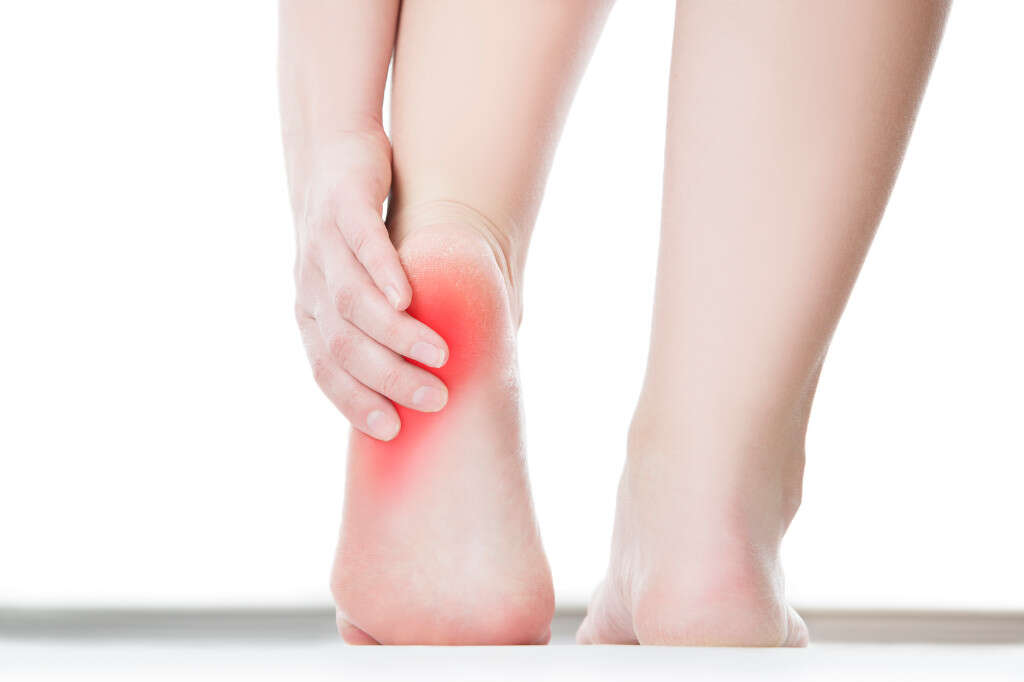
Cause #5: Plantar Fasciitis
Running along the soles of our feet from our toes to our heels is the Plantar Fascia. This is fibrous tissue that is connected at one end to the toes and to the heel at the other end. This tissue helps to provide support when we are walking and it is tough enough to be used on a daily basis.
Plantar Fasciitis is a condition where this tissue can become inflamed. Patients complain of a sharp, stabbing pain in the heel that is at its worst in the mornings and becomes less severe as the day goes by. It is most commonly experienced in runners and people that take part in other sports.
Cause #6: Tarsal Tunnel Syndrome
We have a network of nerves running throughout our bodies. They help to provide essential information to and from the brain and allow us to touch and feel. The nerves need enough space, though, and they will travel through tunnels in certain parts of the body where space is tight. One such tunnel is the tarsal tunnel, which is located close to the heel.
With space tight, it can be easy for the nerves running through this tunnel to become squeezed or pinched. This results in a condition known as tarsal tunnel syndrome and it can cause considerable pain and discomfort. Anti-inflammatories and other medicines are used to treat the condition, but surgery is often required.
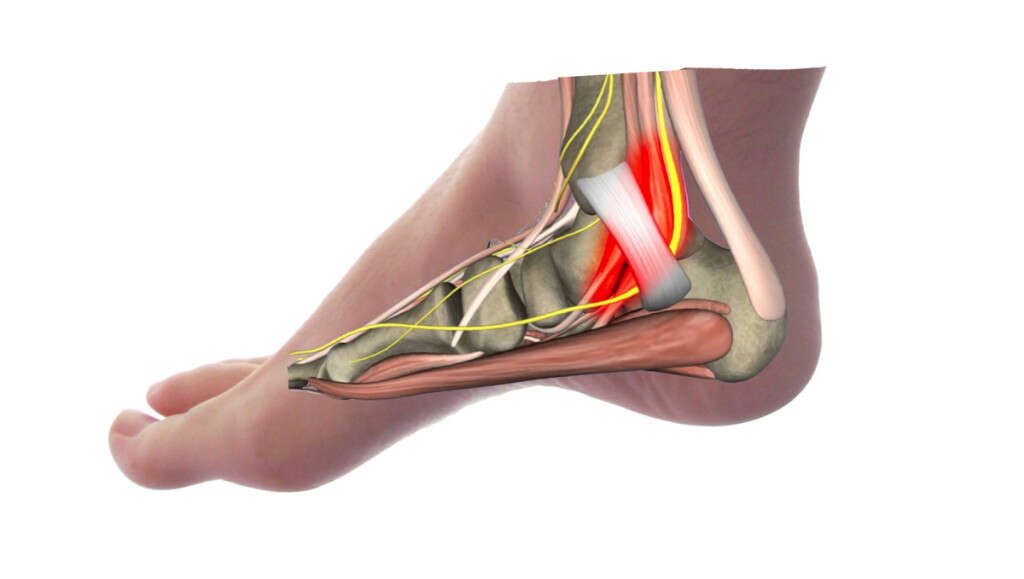
Cause #7: Tendonitis
Tendons are found throughout the body. You can often feel them just under the skin. They are the string-like parts that move when you contract or relax your muscles. Their job is to allow the muscles to pull on other parts of the body allowing us to walk, lift, move our heads and many other functions.
These tendons are very strong, as they need to be. Despite this, though, they can become inflamed if overstretched or harmed in some other way. This is known as tendonitis and it can be very sore. Achilles tendonitis affects the Achilles tendon specifically, which can be felt at the back of the heel.
Cause #8: Heel Pad Inflammation
Our bones are made from some strong stuff but still they need protection. Take the heel for example. If the bone of the heel was to continually make direct impact with the ground as we walk, it is easy to see how injuries can occur. In the case of the heel bone, it is protected from the ground by fat and other tissues that help form a protective pad.
While the pad helps protect the heel, the pad itself can also become irritated and inflamed. This can be caused when the pad becomes worn and thins out over time and can also be caused by repeated heavy impacts.
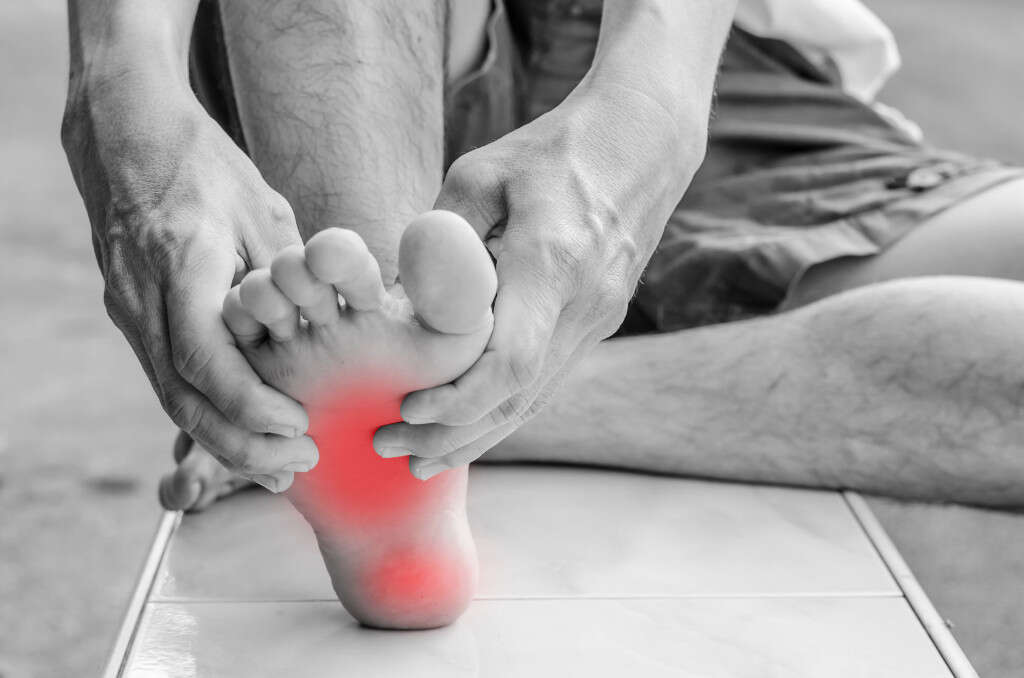
Cause #9: Circulation Problems
All of our body needs to be fed a constant supply of blood. Even the extremities need feeding, but getting blood to the further out parts can become a challenge. Some people will find that blood does not always circulate as effectively as it should and it is your extremities that are likely to feel it first.
One symptom of poor circulation is to feel pain in your feet. This can be caused by a range of problems such as heart disease or issues with the blood vessels located in the feet. Poor circulation can potentially be very serious to your health, so you should arrange to speak with a doctor as soon as possible if you are experiencing associated symptoms.
Cause #10: Poor Posture
The way in which we hold ourselves when we sit, walk, run or any other physical movement helps us to balance. Our stance and movements are known as posture and it does vary from person to person. A person’s posture depends largely on their physical attributes and it can also be caused by other factors such as injuries.
Our postures usually allow us to spread our weight quite evenly on our feet. For people with a poor posture, though, pressure can be placed in certain areas more than others. This can potentially lead to pain and can also cause further complications.



